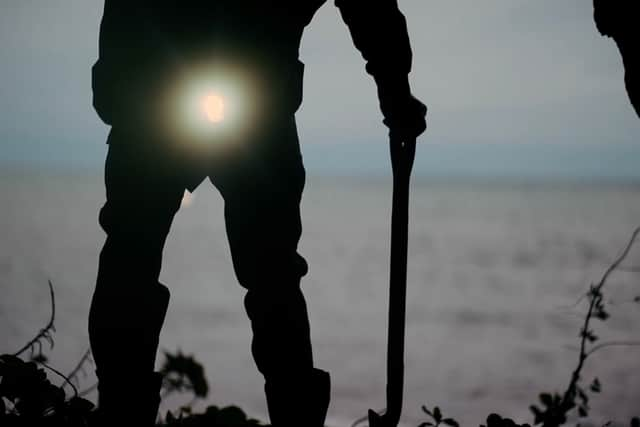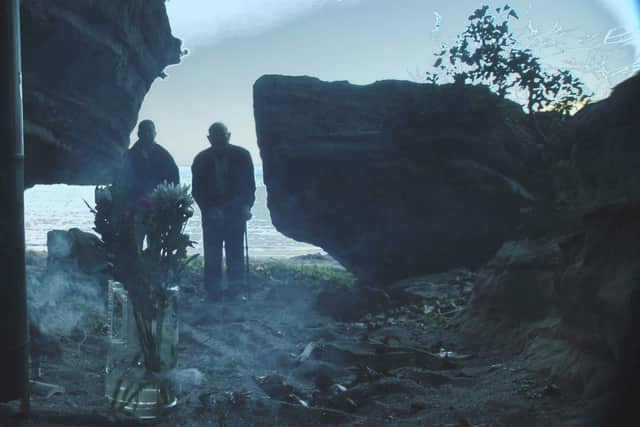Lucie Blackman true story: what happened to missing air hostess featured in Netflix doc, was she killed?
and live on Freeview channel 276
Lucie Blackman was a British woman from Sevenoaks, Kent, who was working as a club hostess in Tokyo when she died in brutal circumstances, aged 21.
She had previously worked as a flight attendant for British Airways when she decided to take a job in Japan working at the Casablanca nightclub.
Advertisement
Hide AdAdvertisement
Hide AdWhilst working at the club, Blackman would go on dohans - paid dates - with customers at the Casablanca, accompanying them to dinner and then to the club after as their date. After one such date, Lucie went missing.
The shocking disappearance and subsequent investigation which encompassed several other disturbing crimes, is the subject of the new Netflix documentary Missing: The Lucie Blackman Case.


What happened to Lucie Blackman?
Blackman went on a dohan with a customer on 1 July 2000 - it was the last time she was seen alive.
She had made several calls to a friend, Louise Phillips, who had travelled to Japan with her, during the date, but after that time contact from Blackman was lost.
Advertisement
Hide AdAdvertisement
Hide AdPhillips received a call from a man following Lucie’s date and was told that she had joined a cult and that she would never see or hear from her again. Louise contacted Lucie’s family who flew out to Tokyo to search for her.
Lucie’s family began a media campaign, and then British Prime Minister Tony Blair mentioned the case on a visit to Japan, which spurred press coverage in the UK.
One month after her disappearance, Korean-Japanese property developer, Joji Obara, became a police suspect. He was questioned by police about Blackman’s disappearance as well as about drugging and raping other women. Obara admitted to meeting Blackman but denied being involved in her disappearance.
On 9 February 2001, seven months after she disappeared, Blackman’s body was found buried in a shallow grave under a bathtub in Kanagawa, 30 miles south of Tokyo and just a few hundred metres from Obara’s apartment. Her body had been cut into 10 pieces and was badly decomposed, meaning that the cause of death could not be determined.


What happened to Joji Obara?
Advertisement
Hide AdAdvertisement
Hide AdIn April 2002, Obara was arrested in connection with Blackman's death - he was charged with the abduction, rape resulting in death, disposal of Blackman's body, and for the killing of Australian model Carita Ridgway, who was raped, drugged and killed in 1992. In addition, Obara was charged with the rape of eight other women.
Obara was alleged to have drugged Blackman and raped her at her home in Tokyo, before killing her and disposing of her body. Obara claimed that Blackman had taken the drugs herself voluntarily.
He was jailed for life in 2007 - he was found guilty of multiple rapes, and rape resulting in death in the case of Ridgway, and manslaughter, but was acquitted of Blackman's rape and murder for lack of direct evidence. Evidence used to convict him included hundreds of self-taped videos of him engaging in date rape with his victims.
In 2008 the Tokyo High Court found Obara guilty of abduction, dismemberment and disposal of Blackman's body.
Advertisement
Hide AdAdvertisement
Hide AdJapan has had the death penalty for centuries but in modern times it is generally reserved for cases of multiple murders.
Obara appealed his life sentence but this was rejected by the Supreme Court of Japan in December 2010. Whilst serving his sentence Obara was declared bankrupt with debts of £122m.
Netflix documentary Missing: The Lucie Blackman Case arrives on Netflix on Wednesday 25 July
Comment Guidelines
National World encourages reader discussion on our stories. User feedback, insights and back-and-forth exchanges add a rich layer of context to reporting. Please review our Community Guidelines before commenting.
